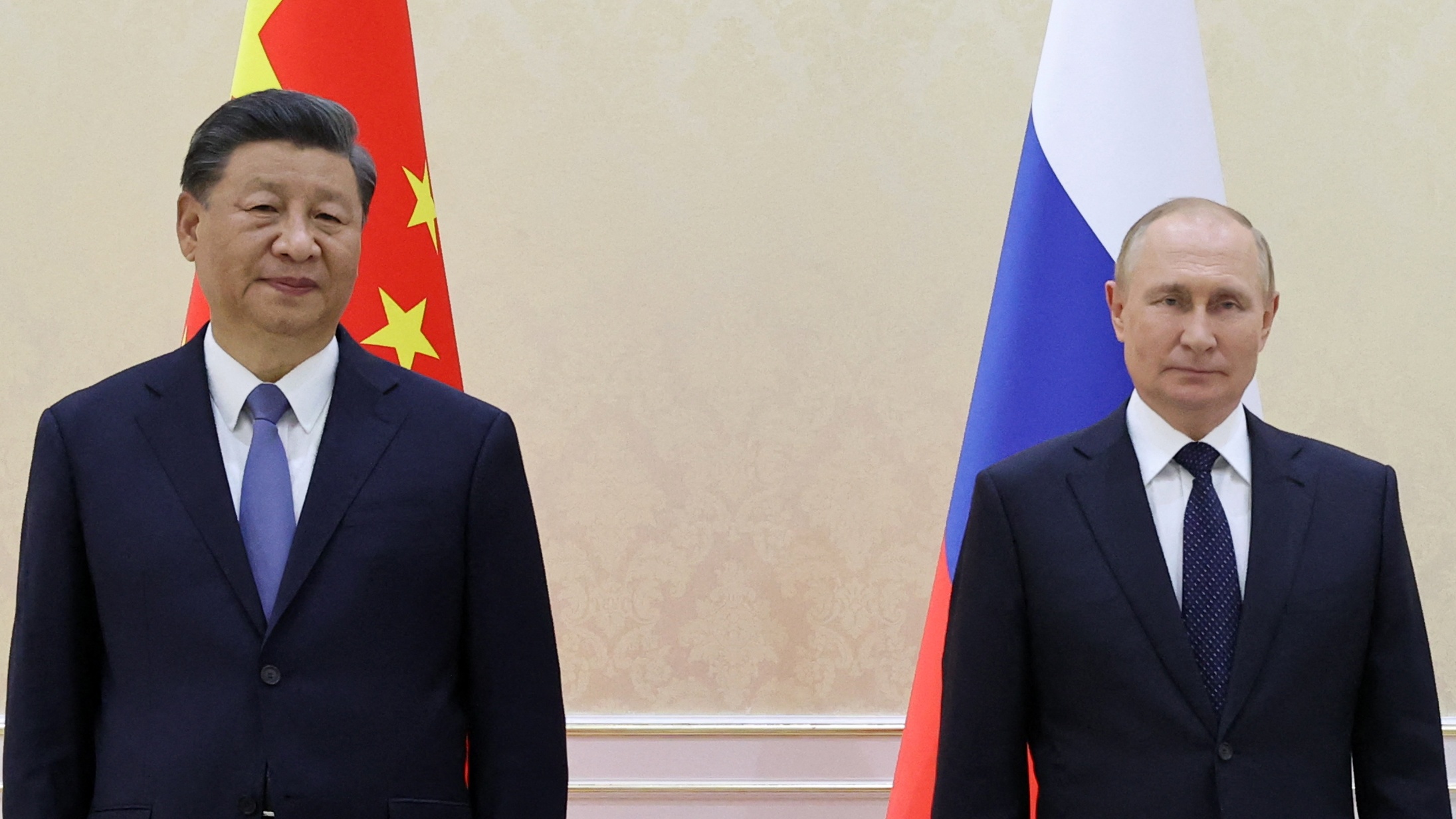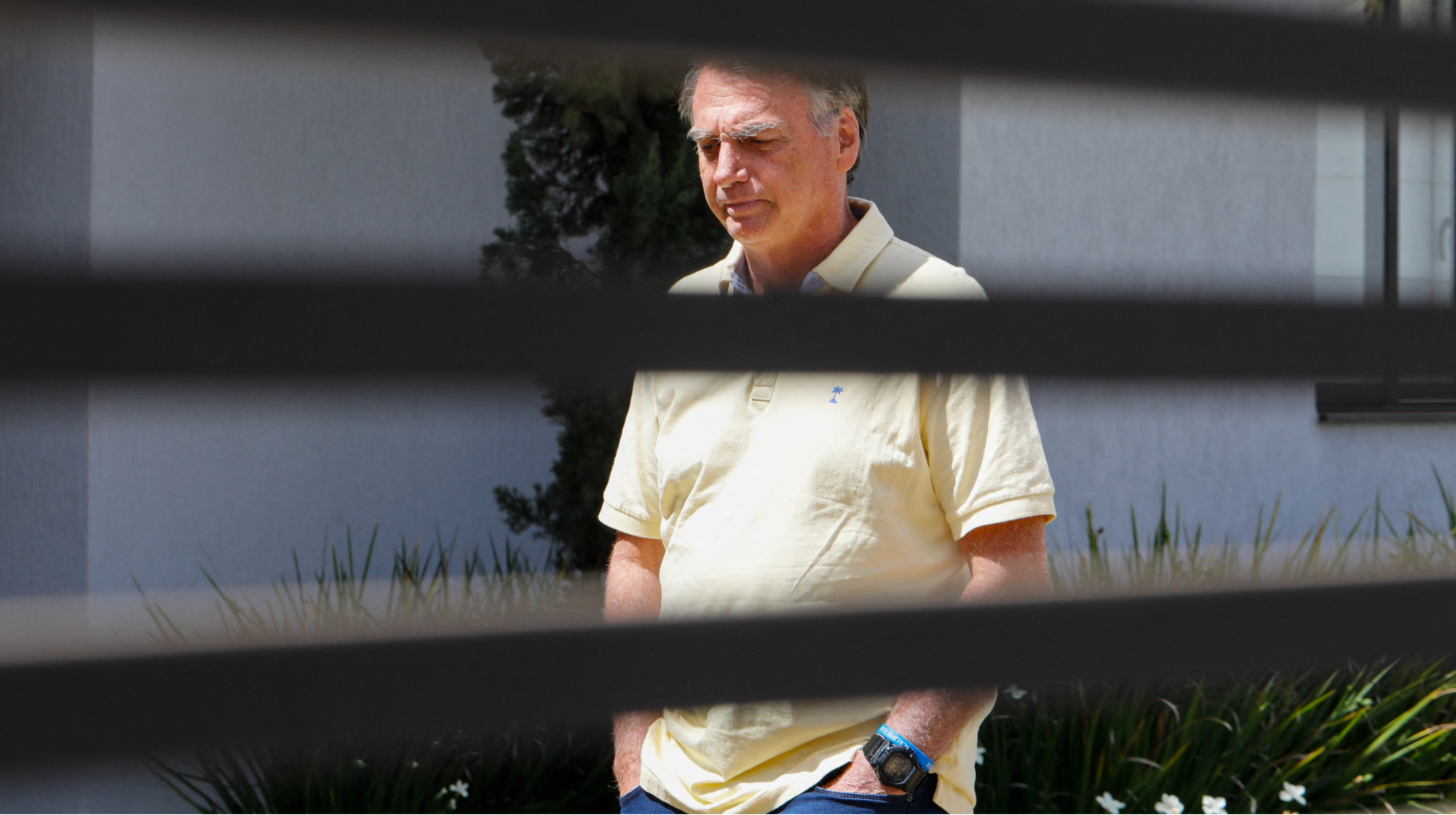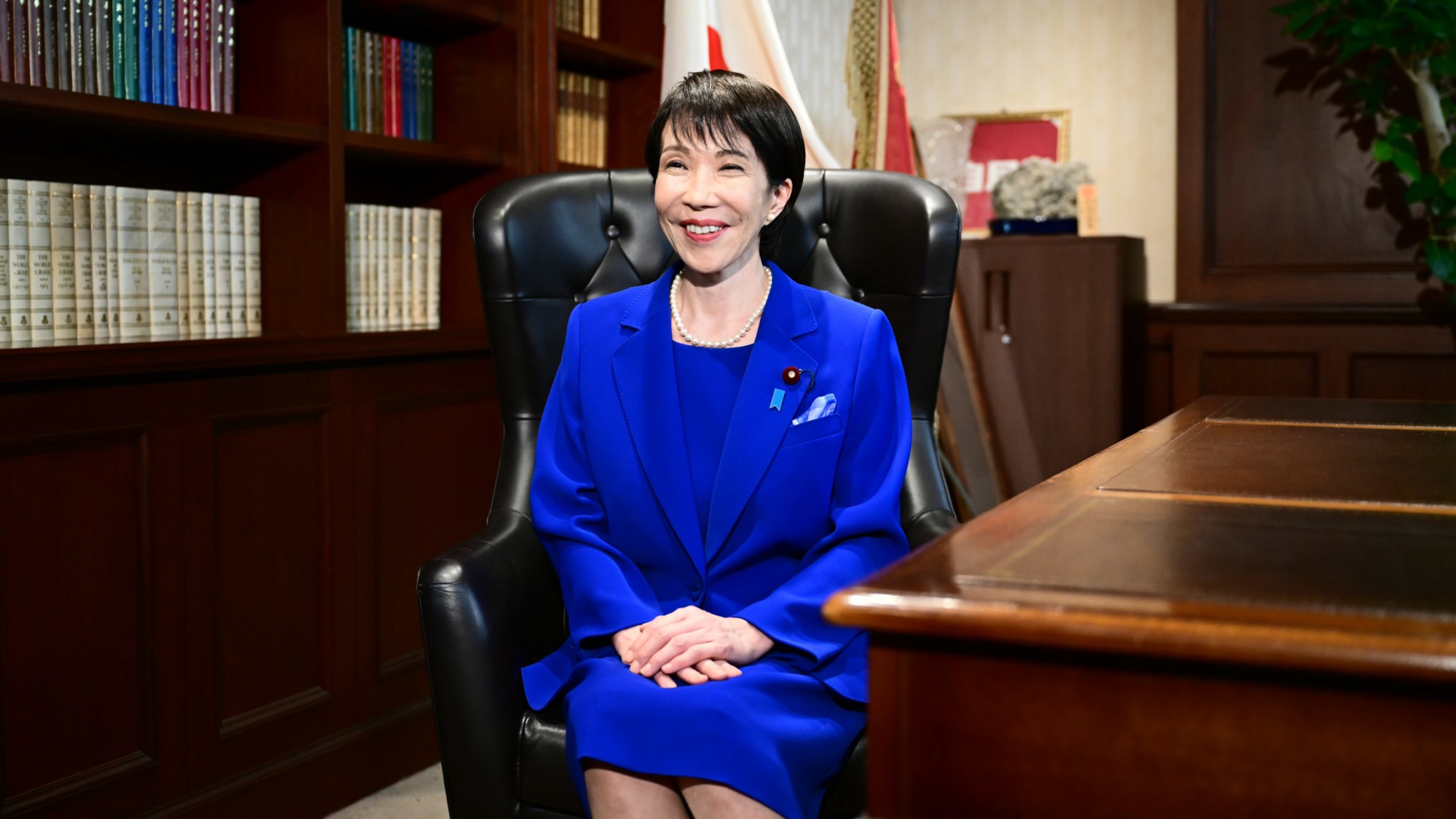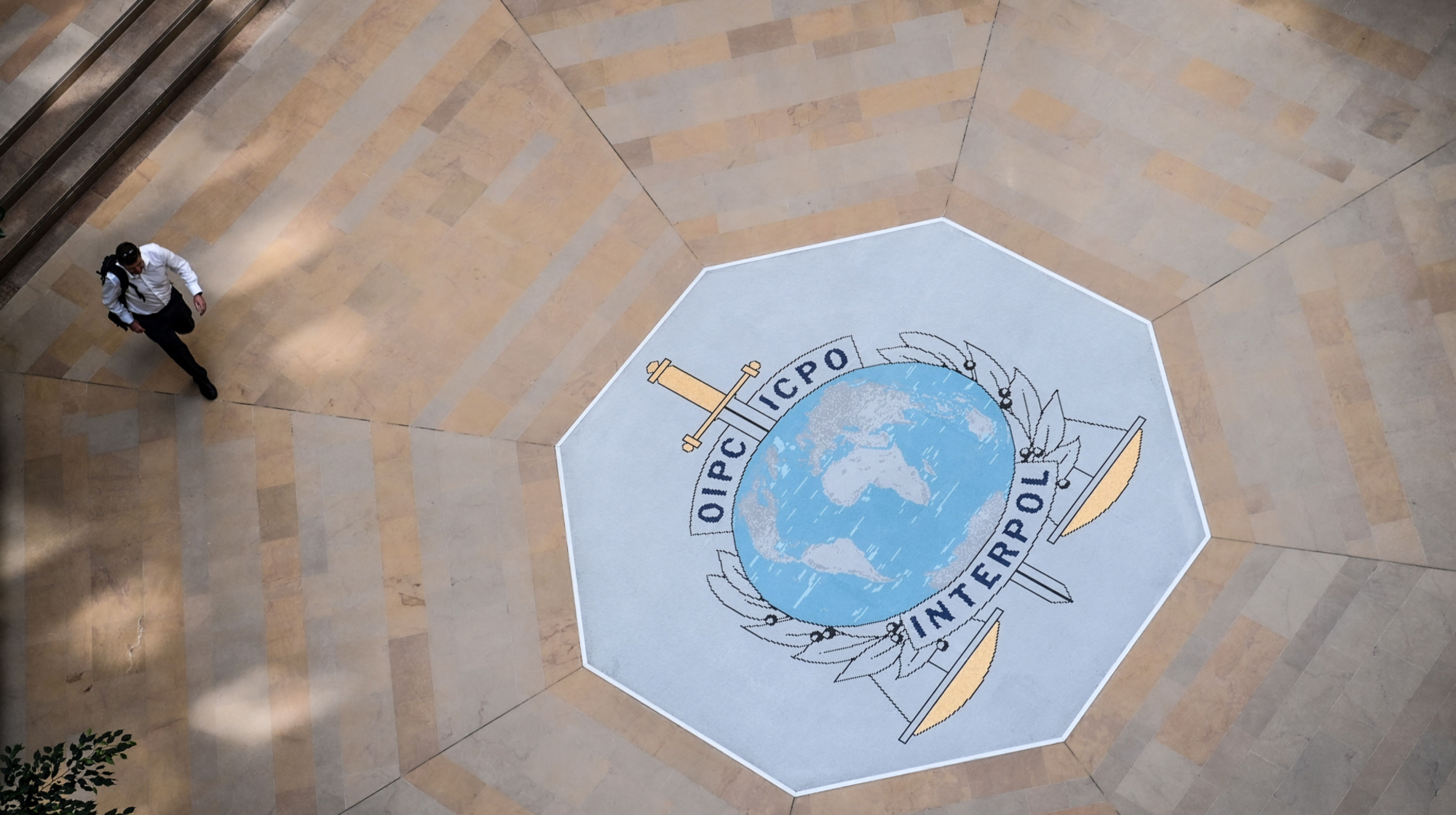A future nuclear face-off between the US, Russia and China
China could possess at least 1,000 nuclear warheads by 2030, says Washington

The United States will be facing two major nuclear-armed powers in Russia and China within the next decade, according to the Biden administration.
The Guardian said that a new national security strategy (NSS) released by the White House last month highlighted the threats posed by an “expanding Chinese stockpile” of nuclear weapons, as well as a “Russian arsenal that is increasingly being brandished by Moscow”.
It is a report that “depicts China as the most capable long-term competitor” while Russia poses “the more immediate, disruptive threat” thanks to its “nuclear posturing” over the invasion of Ukraine, continued the paper.
The Week
Escape your echo chamber. Get the facts behind the news, plus analysis from multiple perspectives.

Sign up for The Week's Free Newsletters
From our morning news briefing to a weekly Good News Newsletter, get the best of The Week delivered directly to your inbox.
From our morning news briefing to a weekly Good News Newsletter, get the best of The Week delivered directly to your inbox.
What does the US say about Russia and China?
In a foreword to the NSS written by Joe Biden, the US president described the types of threat posed by both nations. He said the Russian regime is “an immediate threat to the free and open international system, recklessly flouting the basic laws of the international order today, as its brutal war of aggression against Ukraine has shown”.
The document continued: “The United States will not allow Russia, or any power, to achieve its objectives through using, or threatening to use, nuclear weapons.”
China, meanwhile, was described by Biden as “the only competitor with both the intent to reshape the international order and, increasingly, the economic, diplomatic, military and technological power to advance that objective”.
Beijing is “America’s most consequential geopolitical challenge”, said the strategy, adding that the country “harbors the intention and, increasingly, the capacity to reshape the international order” even as the US “remains committed to managing the competition between our countries responsibly”.
A free daily email with the biggest news stories of the day – and the best features from TheWeek.com
How many nuclear warheads do Russia and China hold?
According to the Federation of American Scientists, China has an estimated 350 nuclear warheads, while Russia has some 5,977, compared to the US stockpile of 5,428.
But in the Pentagon’s 2022 Nuclear Posture Review, released alongside the NSS, the US defence department said it believed China could be on track to possess at least 1,000 warheads by 2030. This would make it a “third major nuclear power”, said The Guardian.
What does it mean for the US?
The Pentagon’s review signals some change in US strategy. While Russia and China have been working to expand their nuclear and ballistic missile stockpiles, the US has in recent years focused on repairing its existing weapons, rather than developing new ones.
That now seems about to change. “At a time of rising nuclear risks, a partial refurbishment strategy no longer serves our interests,” said the review. “We must develop and field a balanced, flexible stockpile capable of pacing threats, responding to uncertainty, and maintaining effectiveness.”
At the same time, the review notes that “deterrence alone will not reduce nuclear dangers”. Indeed, at the heart of the US’s 2022 defence strategy is the concept of “integrated deterrence”. As the Associated Press explained, this means the US is prepared to use “a broad combination of military might, economic and diplomatic pressures, and strong alliances — including America’s nuclear arsenal — to dissuade an enemy from attacking”.
The focus on “integrated deterrence” comes at a time when the US is finding that its “decades-old approach of avoiding nuclear war is changing”, said AP. Nuclear deterrence alone focused on preventing war between “just two nuclear superpowers” – namely, the US and Russia – as well as the concept of mutually assured destruction to prevent either side from launching nuclear weapons.
But new threats from Russia and China – such as repeated warnings from Moscow that it may use use lower-yield “tactical” nuclear weapons in Ukraine – means the US is now increasingly concerned about the possibility of nuclear escalation.
-
 Ski town strikers fight rising cost of living
Ski town strikers fight rising cost of livingThe Explainer Telluride is the latest ski resort experiencing an instructor strike
-
 ‘Space is one of the few areas of bipartisan agreement in Washington’
‘Space is one of the few areas of bipartisan agreement in Washington’Instant Opinion Opinion, comment and editorials of the day
-
 How robust is the rule of law in the US?
How robust is the rule of law in the US?In the Spotlight John Roberts says the Constitution is ‘unshaken,’ but tensions loom at the Supreme Court
-
 How Bulgaria’s government fell amid mass protests
How Bulgaria’s government fell amid mass protestsThe Explainer The country’s prime minister resigned as part of the fallout
-
 Femicide: Italy’s newest crime
Femicide: Italy’s newest crimeThe Explainer Landmark law to criminalise murder of a woman as an ‘act of hatred’ or ‘subjugation’ but critics say Italy is still deeply patriarchal
-
 Brazil’s Bolsonaro behind bars after appeals run out
Brazil’s Bolsonaro behind bars after appeals run outSpeed Read He will serve 27 years in prison
-
 Americans traveling abroad face renewed criticism in the Trump era
Americans traveling abroad face renewed criticism in the Trump eraThe Explainer Some of Trump’s behavior has Americans being questioned
-
 Nigeria confused by Trump invasion threat
Nigeria confused by Trump invasion threatSpeed Read Trump has claimed the country is persecuting Christians
-
 Sanae Takaichi: Japan’s Iron Lady set to be the country’s first woman prime minister
Sanae Takaichi: Japan’s Iron Lady set to be the country’s first woman prime ministerIn the Spotlight Takaichi is a member of Japan’s conservative, nationalist Liberal Democratic Party
-
 Russia is ‘helping China’ prepare for an invasion of Taiwan
Russia is ‘helping China’ prepare for an invasion of TaiwanIn the Spotlight Russia is reportedly allowing China access to military training
-
 Interpol arrests hundreds in Africa-wide sextortion crackdown
Interpol arrests hundreds in Africa-wide sextortion crackdownIN THE SPOTLIGHT A series of stings disrupts major cybercrime operations as law enforcement estimates millions in losses from schemes designed to prey on lonely users